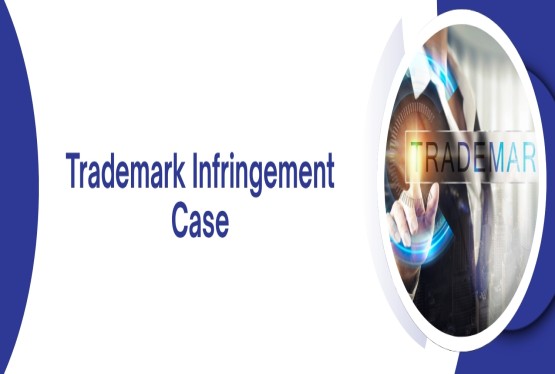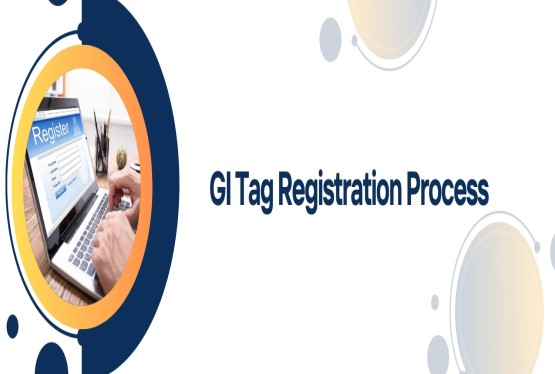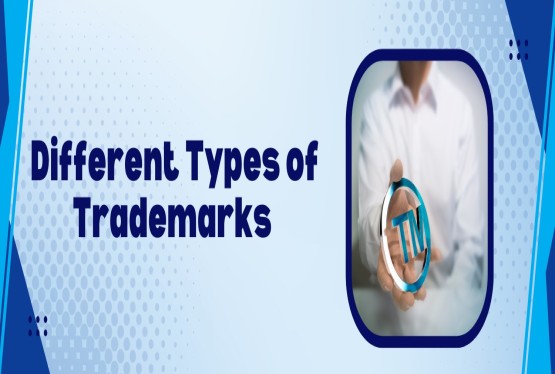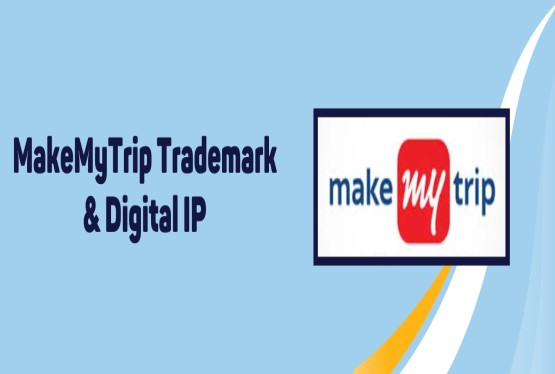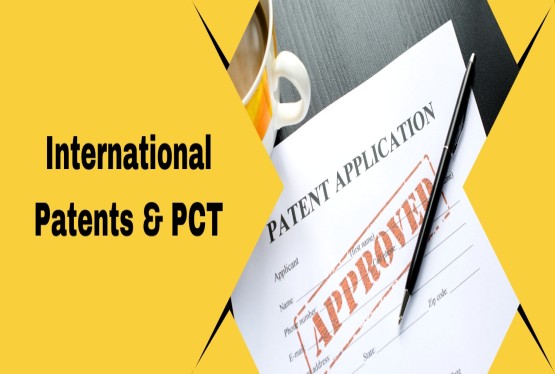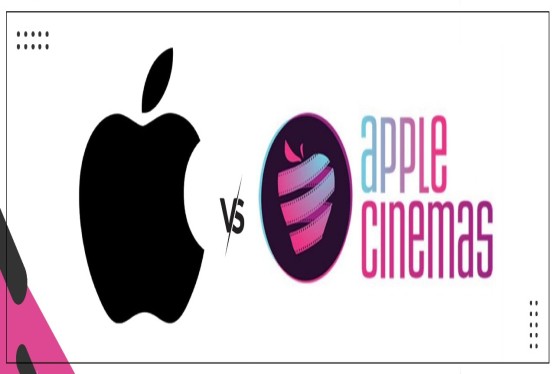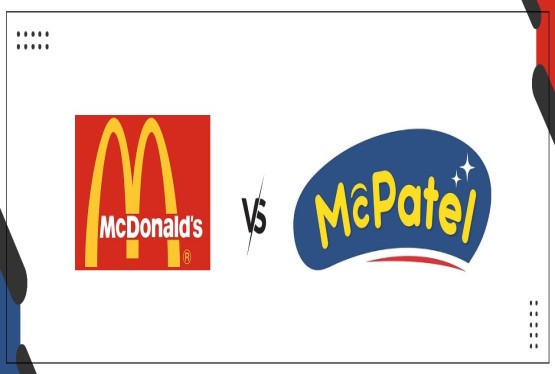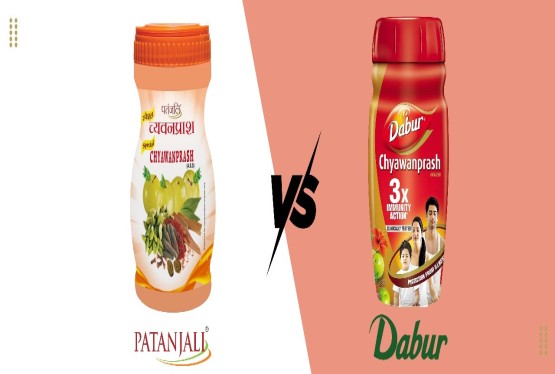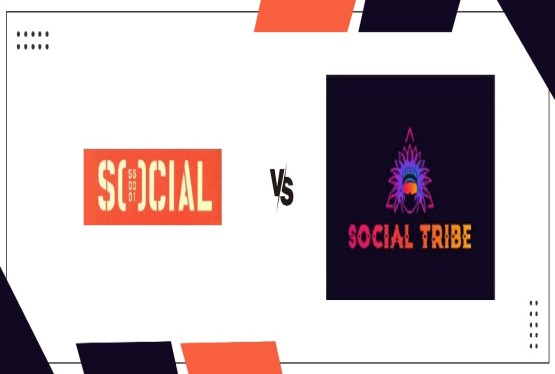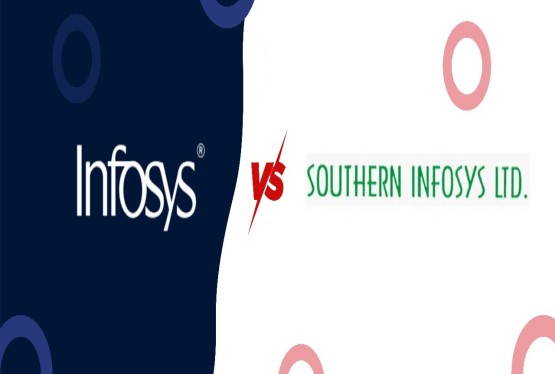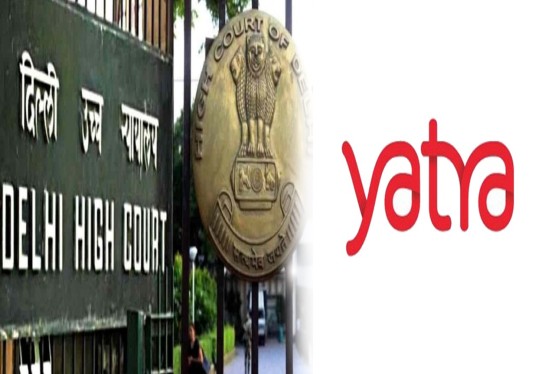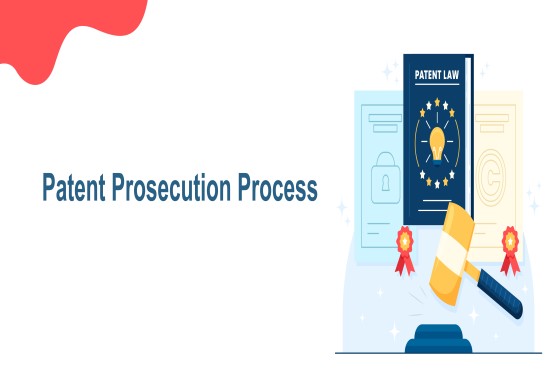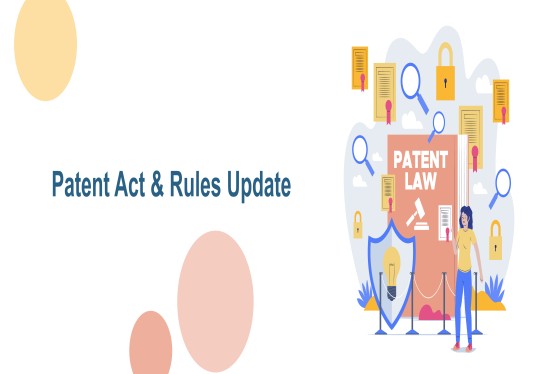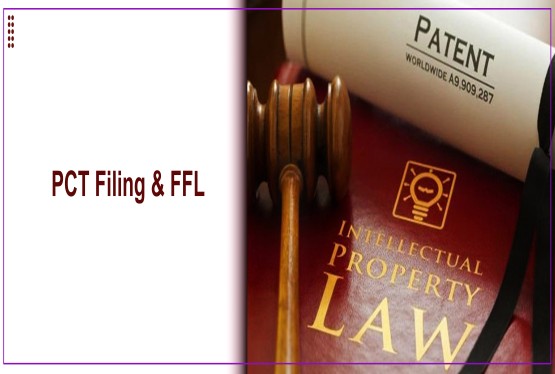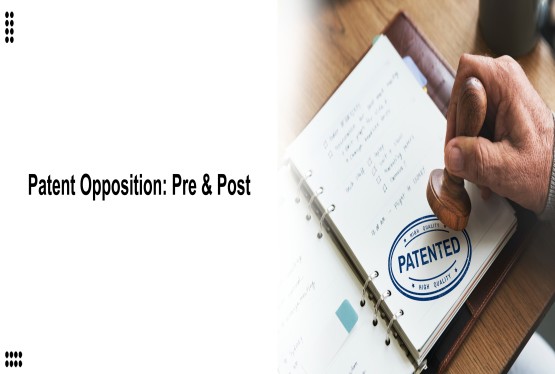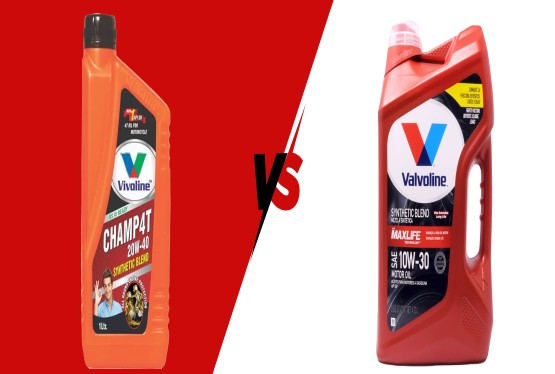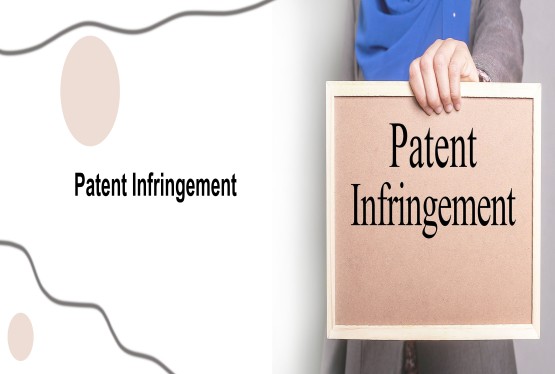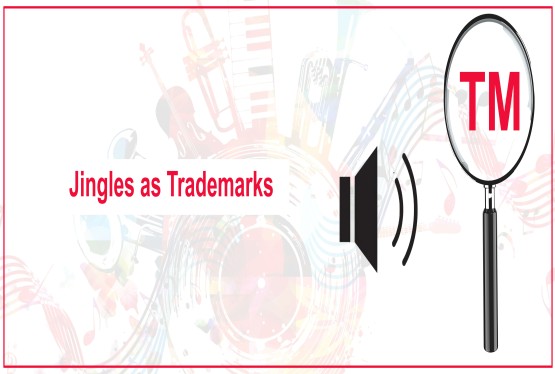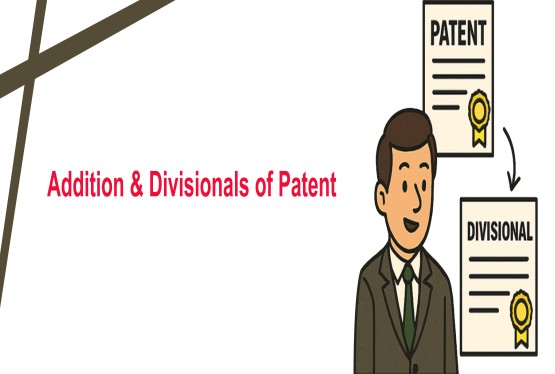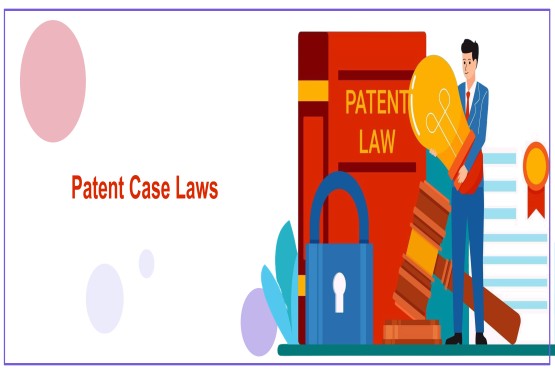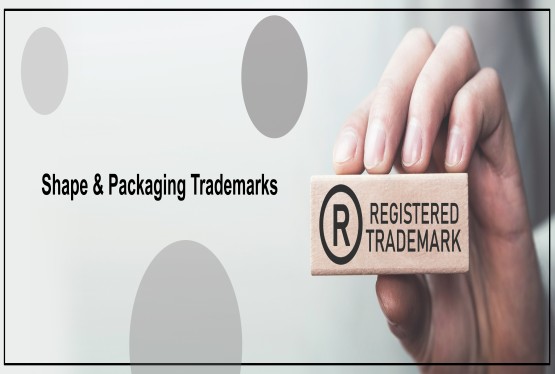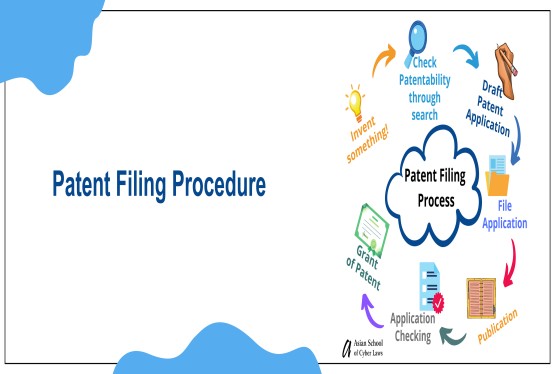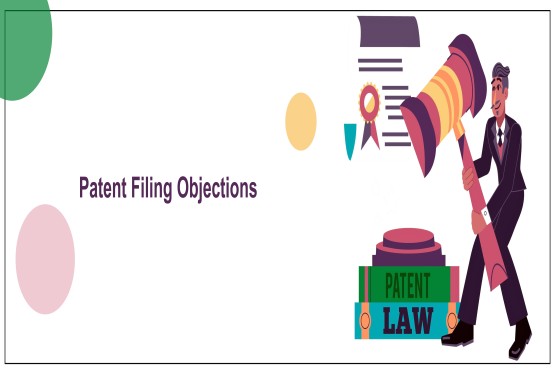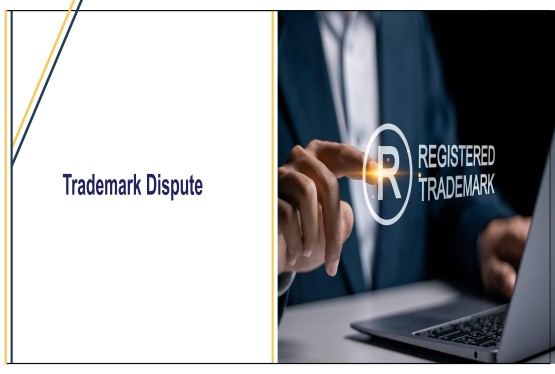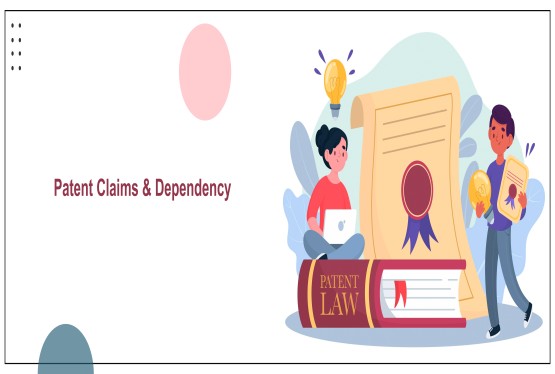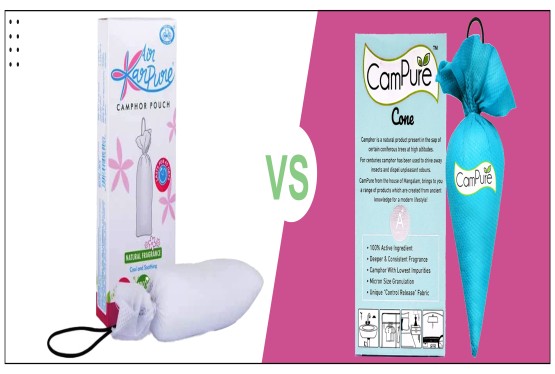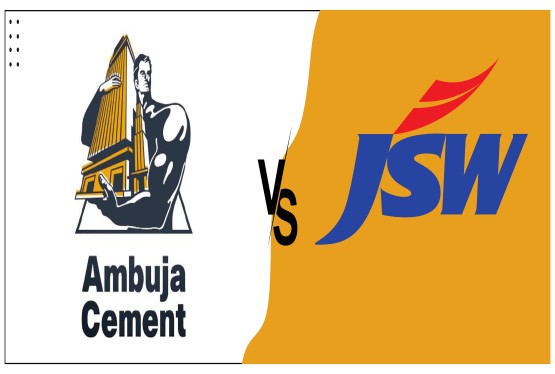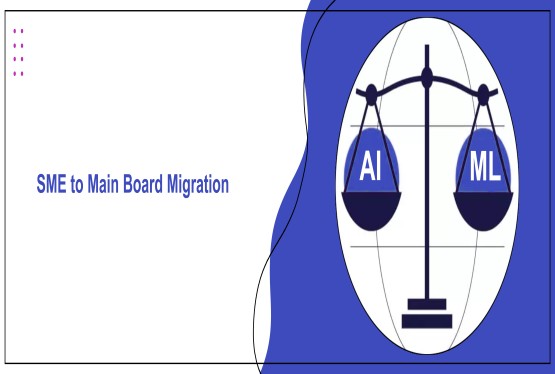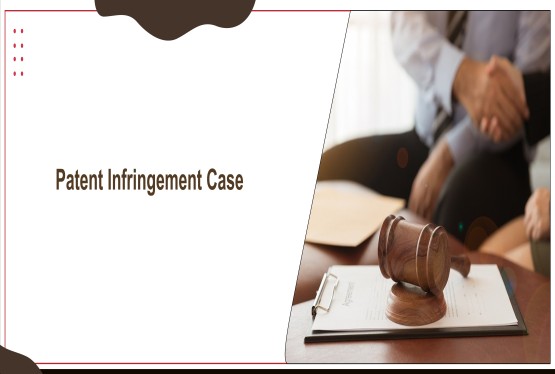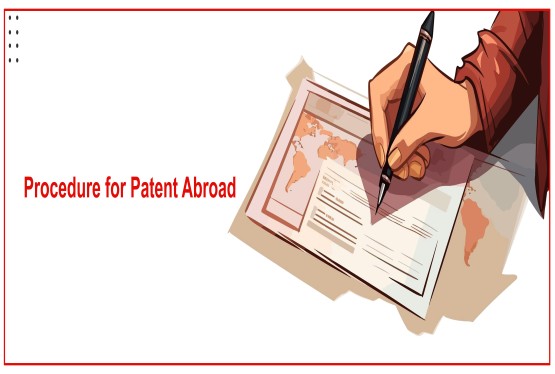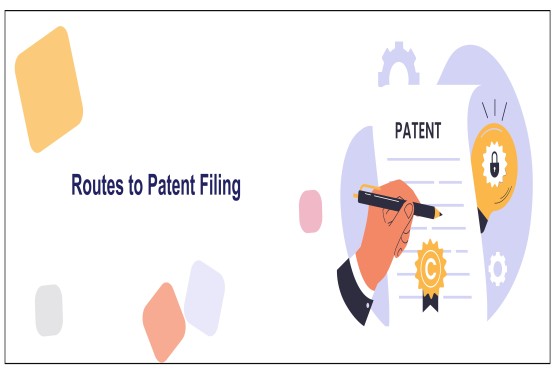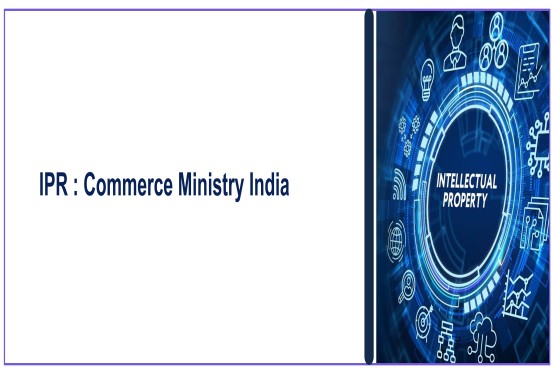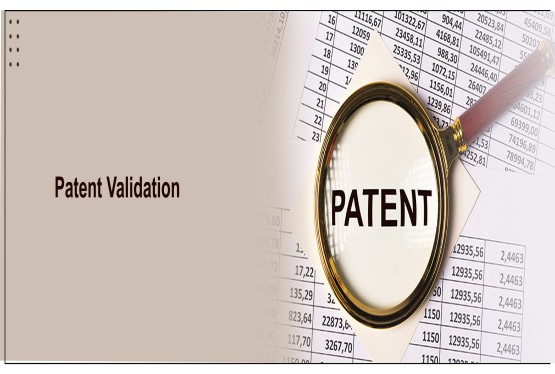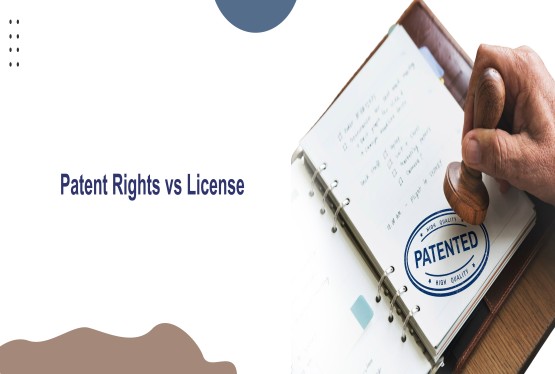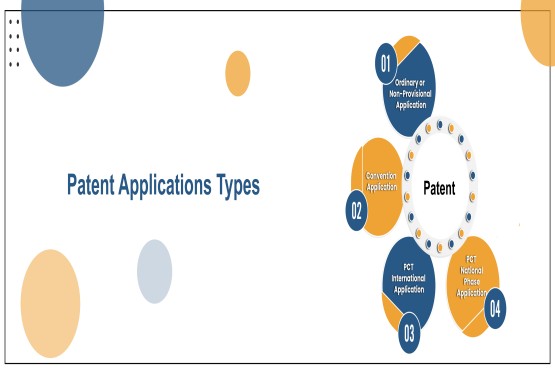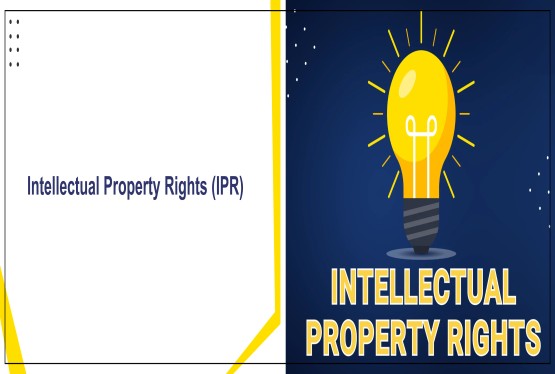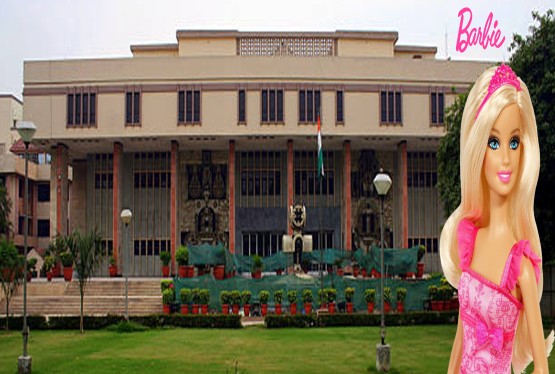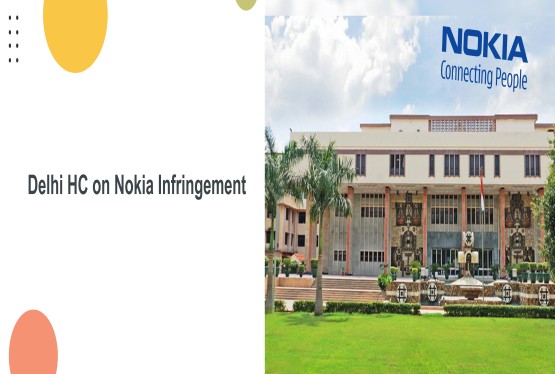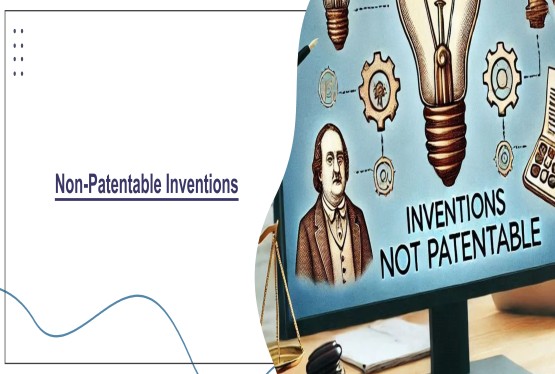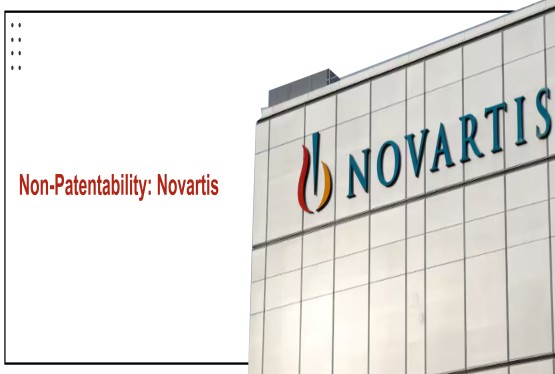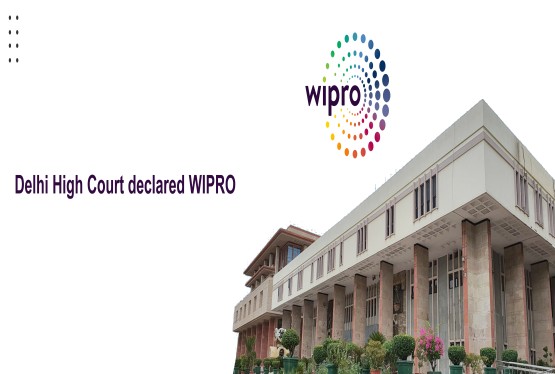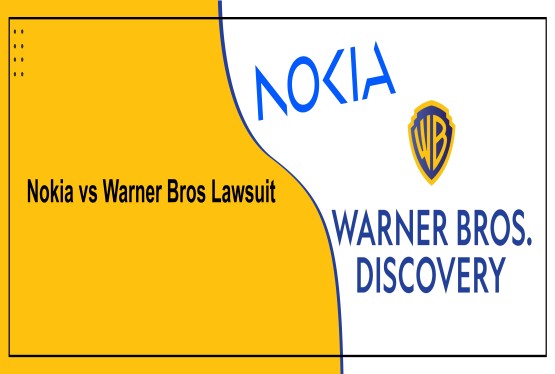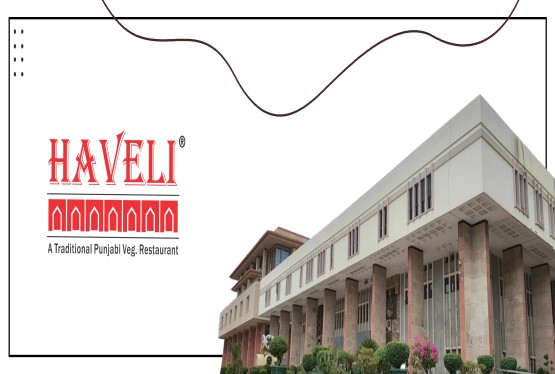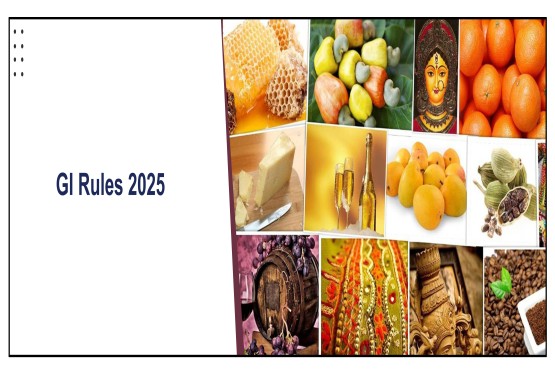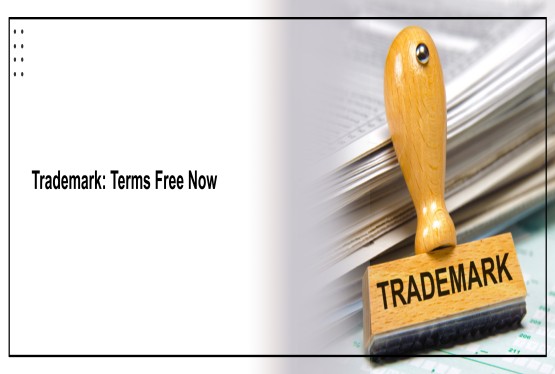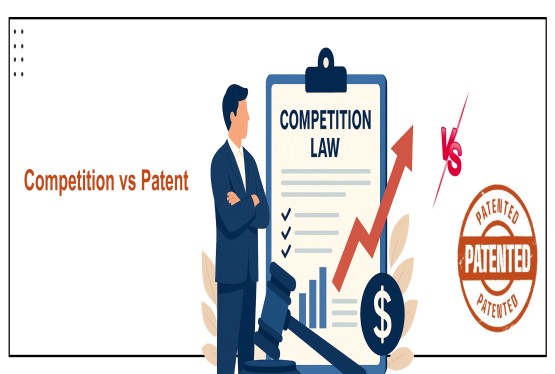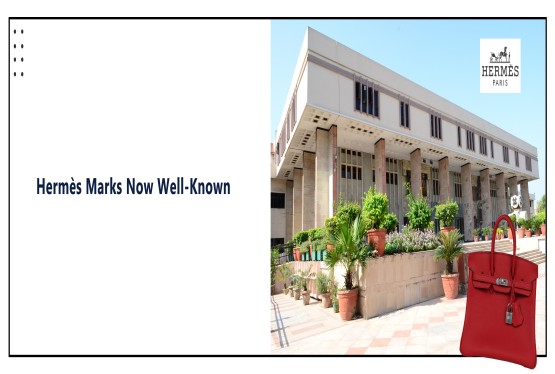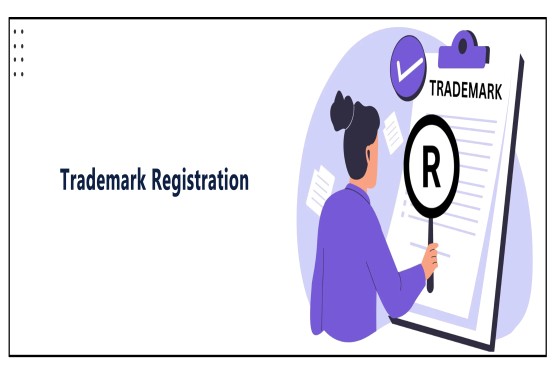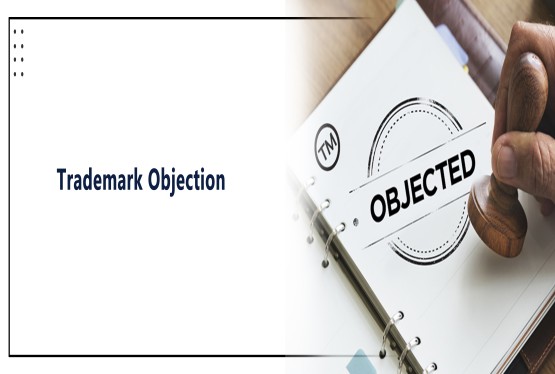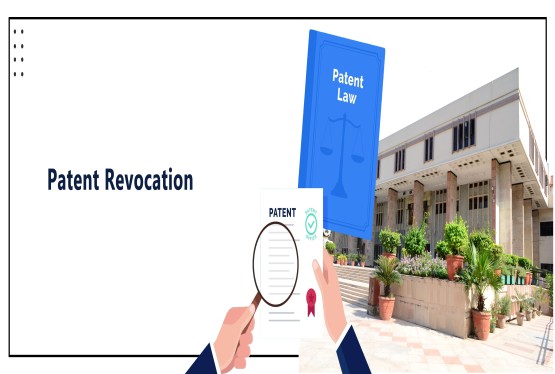Trademarks registration is essential tools for organizations to protecting their brand identification and maintain customer trust in the connected world of today. However, trademark holders around the world face an ongoing and increasing threat from counterfeiting. Even though many nations have extensive trademark rules, different legal systems, a lack of resources, and the complexity of counterfeiting networks make it difficult to enforce these rights globally.
The Scale of Counterfeiting and Its Impact on Trademarks:-
The global epidemic of counterfeiting impacts a wide range of businesses, including electronics, luxury goods, pharmaceuticals, and car components. The prevalence of this problem is demonstrated by the fact that, according to the Organisation for Economic Co-operation and Development (OECD), counterfeit and pirated goods make up around 3.3% of worldwide trade.
1. Economic Impact: Companies experience long-term harm to their brand's reputation in addition to immediate financial losses from lower sales. Customers lose faith in genuine brands as a result of counterfeit items' frequent failure to meet quality and safety standards.
2. Consumer Risks: In addition to financial issues, counterfeit goods present major health and safety hazards to customers, with the potential to result in life-threatening circumstances, particularly in vital industries like pharmaceuticals or auto parts.
Frameworks for Trademark Law:
An International View the unique identification of goods and services is intended to be protected by trademark laws worldwide, however enforcement varies greatly by jurisdiction. A number of international agreements aim to standardize trademark protection throughout the world:
1. Businesses can get trademark rights in several nations thanks to the Paris Convention (1883), which establishes fundamental guidelines for trademark protection and gives international filings priority.
2. Businesses can use a single application to protect their marks in many countries according to the Madrid Protocol, which streamlines the worldwide trademark registration procedure.
3. The TRIPS Agreement (1995): The Agreement on Trade-Related Aspects of Intellectual Property Rights (TRIPS), which is a part of the World Trade Organization (WTO), requires member nations to put in place enforcement mechanisms and establishes minimum requirements for IP protection, including trademarks.
Difficulties in Protecting Trademark Rights from Counterfeiting
1. Jurisdictional Differences: Countries differ greatly in their trademark laws and enforcement capacities. Some governments lack the infrastructure or political will to successfully combat counterfeiting, while others have strong legislative frameworks and enforcement procedures. Counterfeiters can operate with relative impunity thanks to the gaps this discrepancy generates.
2. Multi-layered, intricate supply chains have been brought about by globalization, making it challenging to detect and stop fake goods. Enforcement measures are made more difficult by the fact that counterfeit goods can be produced in one nation, packaged in another, and sold online or in physical stores all across the world.
3. Limited Enforcement Resources Inadequate funding for IP enforcement is a problem in many nations. It's possible that law enforcement and customs authorities lack the personnel and training necessary to properly detect and seize counterfeit items.
4. Developing Counterfeit Techniques.The sophistication of counterfeiters is growing as they use cutting-edge technology to create premium counterfeit goods and market them online. Enforcement is made more difficult by the growth of e-commerce, which has made it simpler for counterfeiters to access international markets while staying anonymous.
5. Digital platforms and online marketplaces Consumers can now purchase counterfeit items through new channels thanks to the growth of internet marketplaces. Because of the large number of ads and the anonymity that sellers enjoy, it is impossible to police these sites and hold offenders accountable.
International Initiatives to Stop Counterfeiting
Several efforts are being made to improve international enforcement against counterfeiting in spite of these obstacles:
2. International Cooperation: To fight counterfeiting, law enforcement agencies collaborate and share information across borders through organizations like as the World Customs Organization (WCO) and INTERPOL.
3. Public-Private Partnerships: For enforcement to be effective, cooperation between governments, corporations, and trade associations is essential. Initiatives such as the Anti-Counterfeiting Trade Agreement (ACTA) seek to improve global collaboration and create best practices for the protection of intellectual property.
4. Technological Solutions: To improve supply chain transparency and authenticate items, innovations like blockchain technology, RFID tagging, and digital watermarking are being used. This makes it more difficult for counterfeit goods to get onto the market.
5. Strengthening Legal Frameworks: To combat the problems caused by digital counterfeiting and to punish violators more severely, nations are revising their intellectual property laws. More efficient enforcement is also a result of improved border controls and expedited legal processes.
Conclusion
For trademark owners and law enforcement organizations around the world, trademark infringement to be a major problem. Disparities in legal systems and enforcement capacities continue to impede progress, even while international accords and technology developments provide instruments to combat counterfeit goods. Addressing the challenges of global counterfeiting and preserving the integrity of trademarks in the global marketplace need a coordinated effort incorporating public-private partnerships, international coordination, and cutting-edge technologies.






























_(b)_of_the_Trademark_Act,_1999_(1)_crop10_thumb.jpg)



_crop10_thumb.jpg)




























_crop10_thumb.jpg)
_crop10_thumb.jpg)






_crop10_thumb.jpg)








_crop10_thumb.jpg)



_crop10_thumb.jpg)





























_crop10_thumb.jpg)

















_crop10_thumb.jpg)






_crop10_thumb.jpg)












































































































































_crop10_thumb.jpg)



































_crop10_thumb.jpg)












_crop10_thumb.jpg)













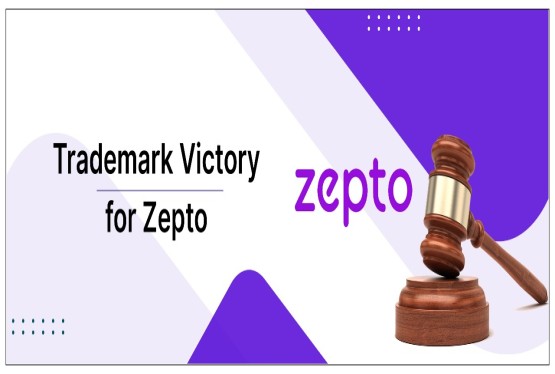




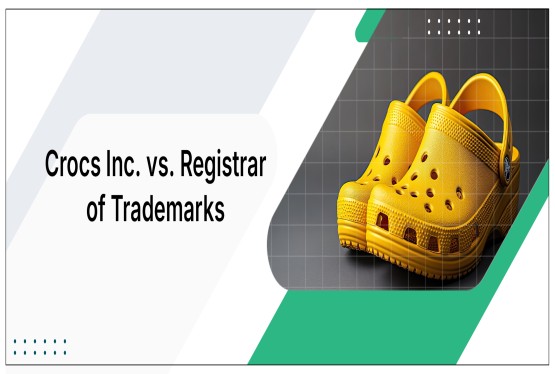















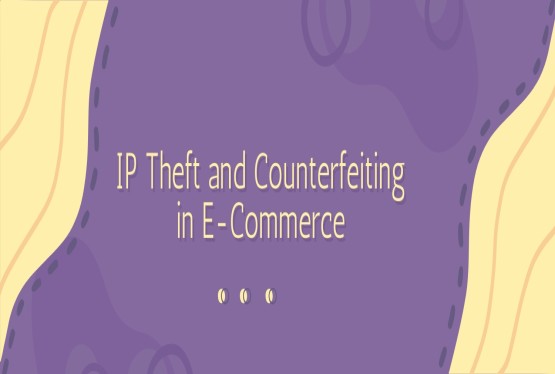












_crop10_thumb.jpg)






